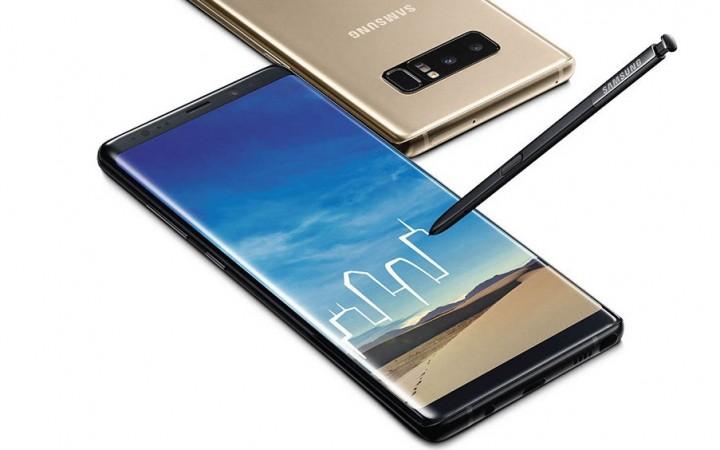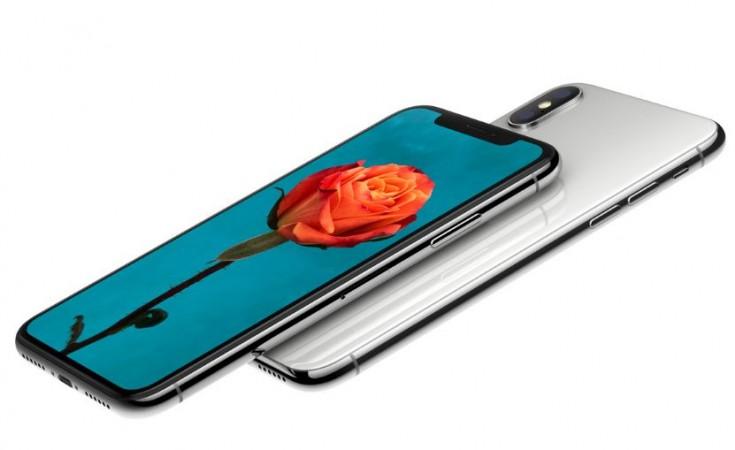Some of the most-awaited flagships of the year like the Google Pixel 2 XL, Samsung Galaxy Note 8 and Apple iPhone X have been announced. Now all eyes are on the next flagship – the Nokia 9. But the big question is if HMD Global's next-generation device can beat the current premium handsets.
We are not clear on specifications of the Nokia 9 but reports have suggested that it will have the latest technology currently available in the market. It is seen with a curved edge-to-edge display like the iPhone X, a fingerprint sensor in the back, and a dual camera in the recently leaked images.
Also read: Ultimate flagship Nokia 9 Polished Blue variant in offing
The Nokia 9 is expected to sport either a 5.46 inch screen with an edge-to-edge display or a 5.5-inch QHD OLED display with 1,440x2,560 screen resolution. It will reportedly feature a Qualcomm Snapdragon 835 or Snapdragon 845 processor, an Android Nougat or Android 8.0 Orea operating system, a 6GB/8GB RAM, a 64GB/128GB internal memory (with microSD card slot), a dual 22MP main camera with Carl Zeiss optics and a 12MP front-snapper or a dual 13MP+13MP camera with Zeiss Optics on the back and a 13MP front- snapper, and a 3,800mAh battery with Quick Charge 4.0 support under the hood.

The device looks impressive in papers but will it be able to beat the biggest handsets like the Google Pixel 2, Samsung Galaxy Note 8, and iPhone X when it is released? We will know that only when it is launched early next year, but it will surely give the premium devices a run for their money if it is priced at $699 as reported. The fact is it is a take away compared to the iPhone X that is priced between $999 and $1149, the Galaxy Note 8 (price starts at $930), and Pixel 2 XL (price starts at $849).

It may be mentioned that Google Pixel 2 XL has a 6-inch P-OLED capacitive touchscreen with 1,440x2,880 pixels (538 ppi pixel density), a Qualcomm Snapdragon 835 processor, an Android 8.0 Oreo OS, a 4GB RAM, a 64GB/128GB storage (no microSD card slot), and a 3,520mAh battery with fast battery charging technology. In terms of camera, it has a 12.3MP main camera with f/1.8 aperture, Optical Image Stabilization (OIS), EIS (gyro), phase detection and laser autofocus, dual-LED (dual tone) flash and 1/2.6" sensor size, and an 8MP front-snapper with f/2.4 aperture and 1.4 μm pixel size.
On the other hand, the Galaxy Note 8 features a 6.3-inch Quad HD Super AMOLED screen with 2,960x1,440 pixels (521ppi pixel density), an Exynos 8895 Octa processor (for EMEA) / Qualcomm Snapdragon 835 (for USA and China), an Android 7.1.1 Nougat operating system (upgradable to Android 8.0 Oreo), a 6GB RAM, a 64GB/128GB/256GB storage (with microSD card slot), and a 3,300mAh battery with wireless charging compatible and fast charging technology.

It also mounts dual 12MP main cameras, one with 26mm lens, f/1.7 aperture, PDAF, OIS, autofocus, 2x optical zoom and dual-LED (dual tone) flash and the other with a 52mm lens, f/2.4 aperture, AF, OIS, autofocus, 2x optical zoom and dual-LED (dual tone) flash, and an 8MP front-snapper with f/1.7 aperture, autofocus, 1/3.6" sensor size and 1.22 µm pixel size.
Apple's iPhone X sports a 5.8-inch super Retina HD OLED screen with 2,436x1,125 pixels (458 ppi pixel density), powered by an A11 Bionic chipset with neural engine+ Embedded M11 motion coprocessor, runs an iOS 11 with improved Siri voice assistant, and comes packed with a 3GB RAM (not confirmed) and a 64GB/256GB storage (without microSD card slot).

It has a dual 12MP wide-angle (f/1.8 aperture) + telephoto (f/2.4 aperture) cameras with dual- Optical Image Stabilisation (OIS), 2x optical zoom and quad-LED (dual tone) flash, a 7MP TrueDepth front-snapper with f/2.2 aperture, Retina Flash, Wide colour capture for photos and Live Photos, and a built-in rechargeable lithium-ion battery with wireless charging (works with Qi chargers) and fast charging technology.
















